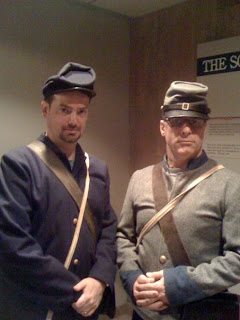




In 1848, the first Chinese immigrants, two men and one woman, arrived in San Francisco on the American sailing vessel, Eagle.
The long history of San Francisco’s Chinatown has been clouded with racism, hatred, and repression. From the Gold Rush through the 1870s, a large migration of mostly single male laborers came to San Francisco and the American West, as well as to Canada and Peru. With the Chinese Exclusion Act of 1882, the nation's first racially restrictive immigration measure, the Chinese American population fell from 26,000 in 1881 to 11,000 in 1920.
Between 1852 and 1882, many prodominantly male Chinese laborers and a few merchants and labor brokers came to San Francisco. Floods in China propelled a virtual diaspora of Cantonese-dialect-speaking people all around the Pacific Basin. It has been estimated that 2.5 million people emigrated from China between 1840 and 1900. Of 153 pieces of property in Chinatown in 1873, only 10 were Chinese owned. All the rest were leased from Anglo-Americans, Franco-Americans, Italian Americans, and German Americans.
In 1882, Chinatown's habitually suspicious key associations formed an umbrella association, uniting the most important of the district associations in what became known as the Chinese Six Companies, officially called the Consolidated Chinese Benevolent Association. The association, incorporated in the State of California in 1901, became the cockpit of personal and group political, economic, and social contention. In 1904, of 316 parcels, Chinese-Americans owned only 25.
As Chinese immigration dwindled, and as individual assimilation took place, parochial clan and regional attachments weakened. While the Chinese were, practically speaking, segregated within Chinatown until the late 1940s, some assimilation nonetheless took place. In 1943, during World War II when the United States allied with China against Japan, the Chinese Exclusion Act was repealed by Congress, but a small quota of 105 Chinese a year kept migration minimal.













